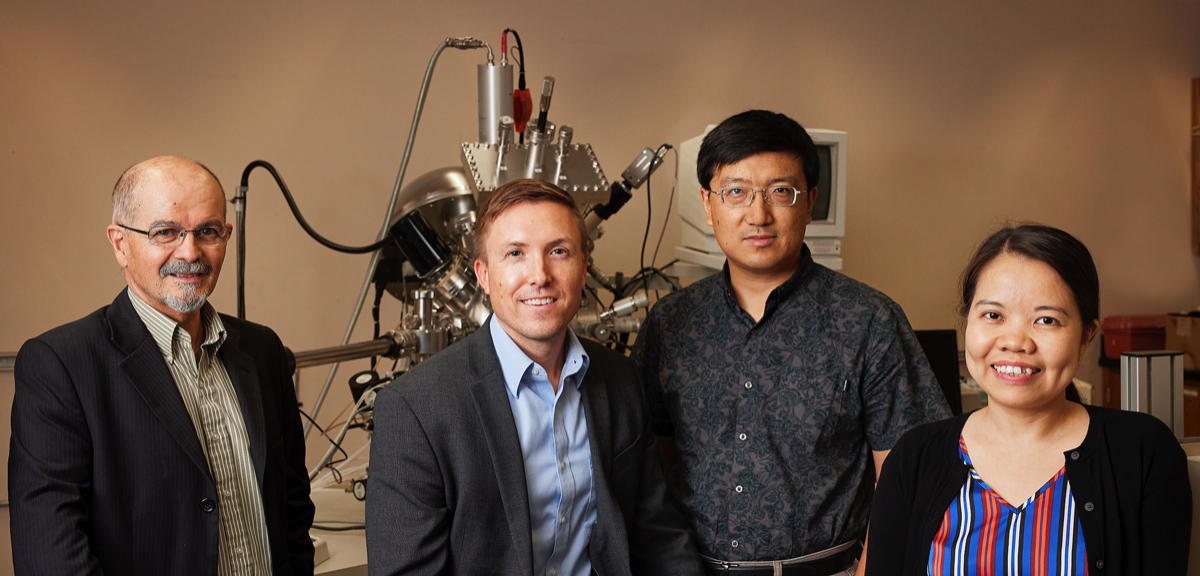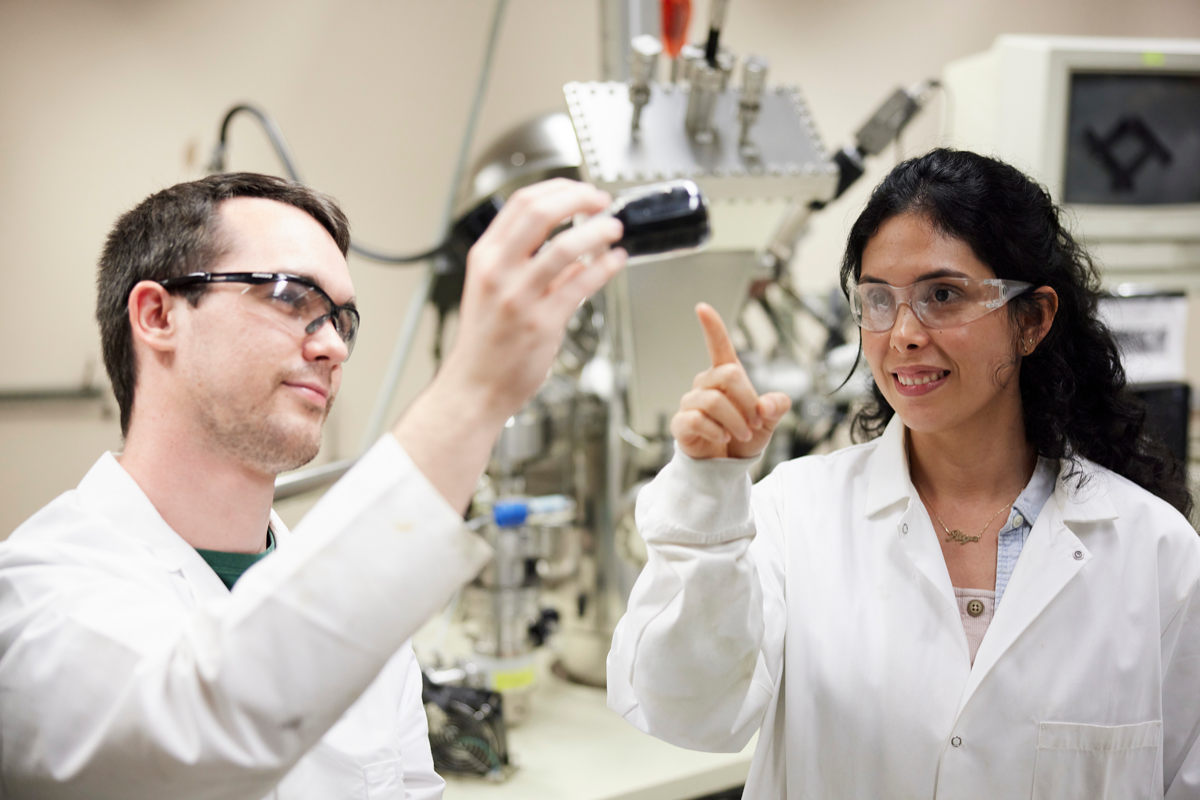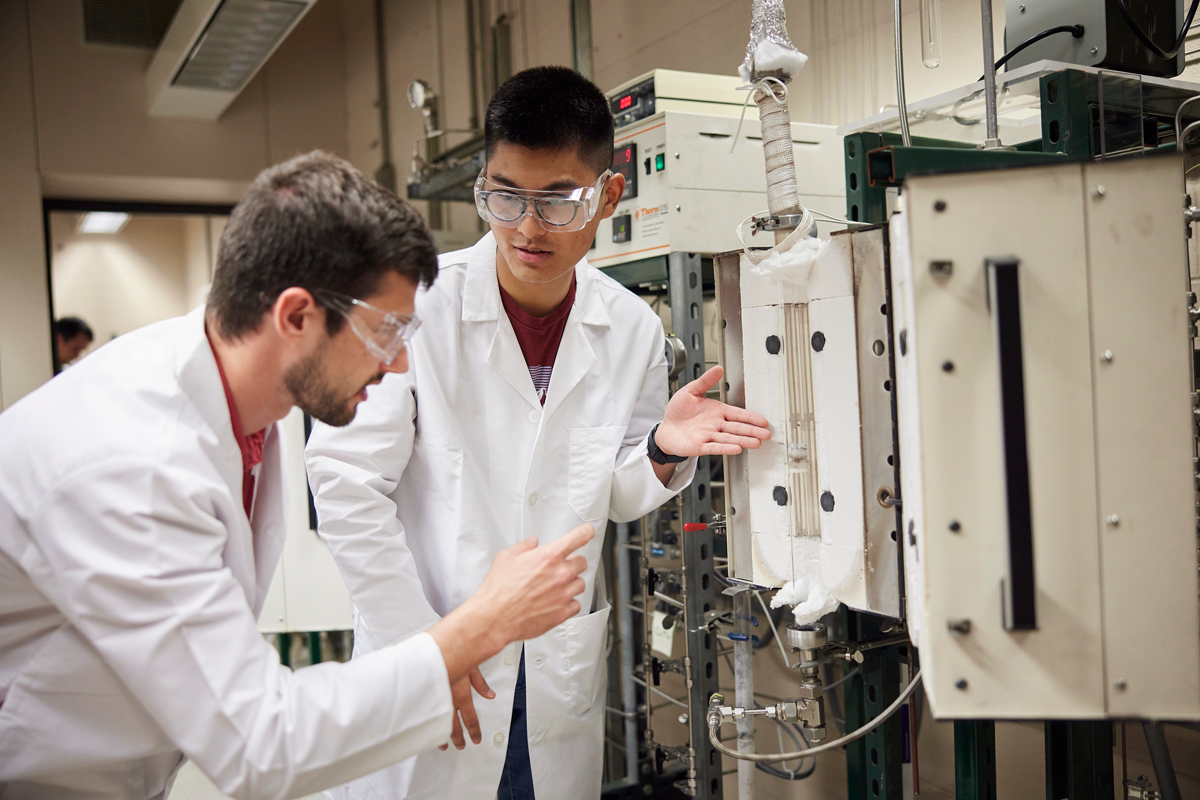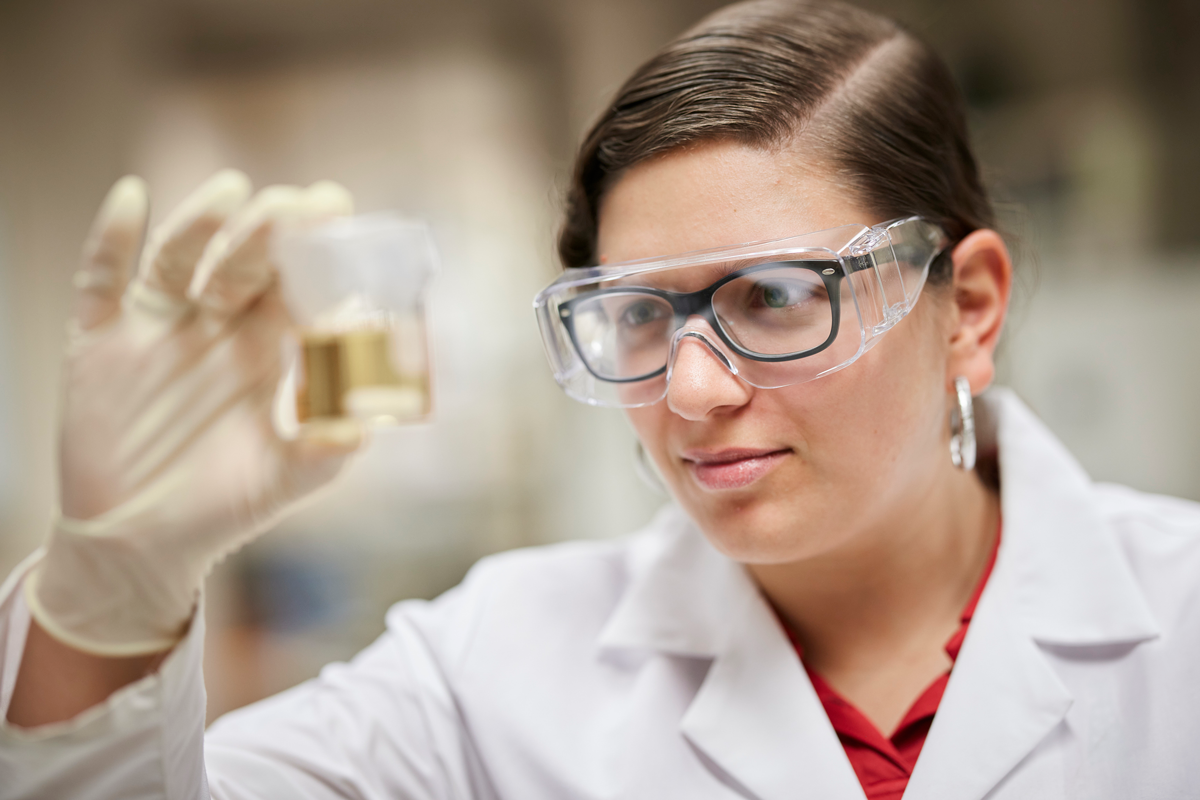“If you were to meet a significant fraction of our energy needs by producing H2 and solid carbon, that would create a huge quantity of excess solid carbon.,” Crossley said. “What do we do with all this carbon? How do we gain value from it? How do we benefit society? In lieu of creating new mountains and islands of solid carbon, what can we actually do?”
Currently, performance carbon materials, such as carbon fibers and nanotubes, are expensive to produce and so have been relegated to high-end or niche applications like making lighter cars, drones or advanced composite materials.
“Now we're talking about creating a byproduct from the energy that changes everything,” Crossley said. “That means that we need to find all ways that we can use carbons and tweak them such that they benefit society in a variety of ways and we’re not wasting the valuable resources that we put into the process.”
The researchers are studying many different applications, like soil amendments to sequester long-lived carbon in the environment and help crops grow, evaluating their use as water filtration systems to help clean water.
“We are investigating ways to make advanced pavements and asphalts, materials for batteries and fuel cells, and other next-generation technologies that possibly wouldn't have made sense unless this was a byproduct from the energy industry,” he added.
“Crossley and team epitomize the many fundamental and innovation approaches that OU researchers are taking to explore low-carbon intensity energy research,” said Tim Filley, executive director of IREES. “This approach also represents an important research foundation of OU's developing regional leadership in efforts like the HALO Hydrogen Hub tristate partnership.”
In 2021, Crossley was part of a team that was awarded funding through OU’s “Big Idea Challenge” initiative, organized by its Office of the Vice President for Research and Partnerships, as one of five transdisciplinary research teams developing innovative, convergent research projects to address significant global challenges.
OU Vice President for Research and Partnerships Tomás Díaz de la Rubia said, “this work is an exciting outgrowth of our Big Idea Challenge investment into the Carbon-free H2 Energy Production and Storage (CHEPS) project. It represents exactly the kind of return on university investment the BIC and all our seed funding programs are meant to catalyze.”





